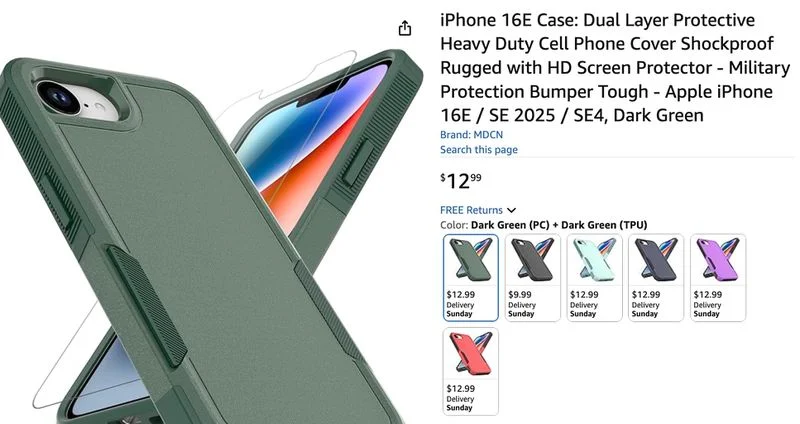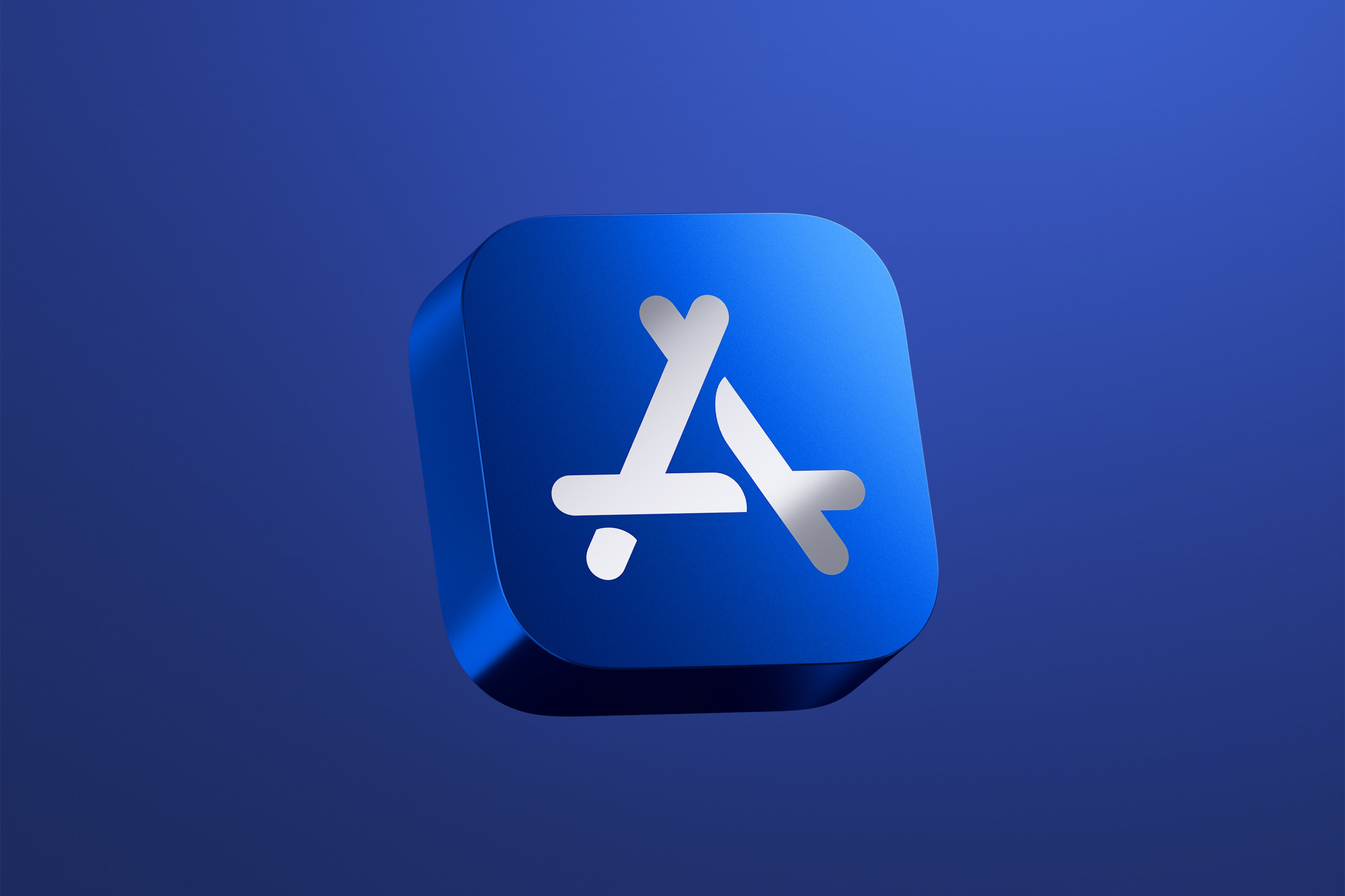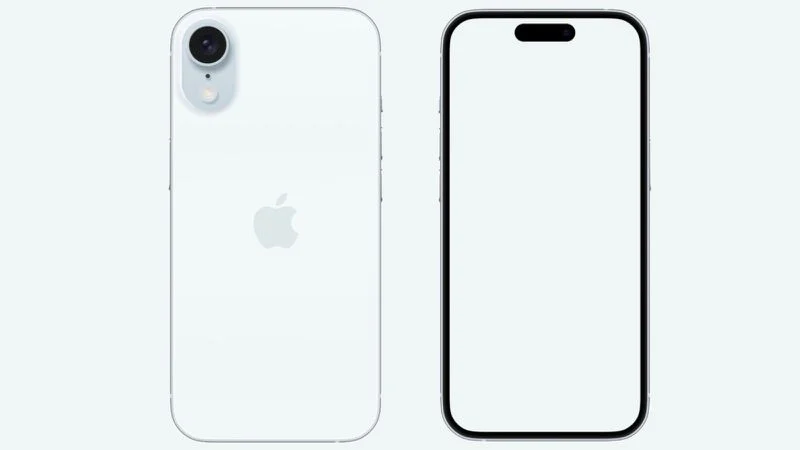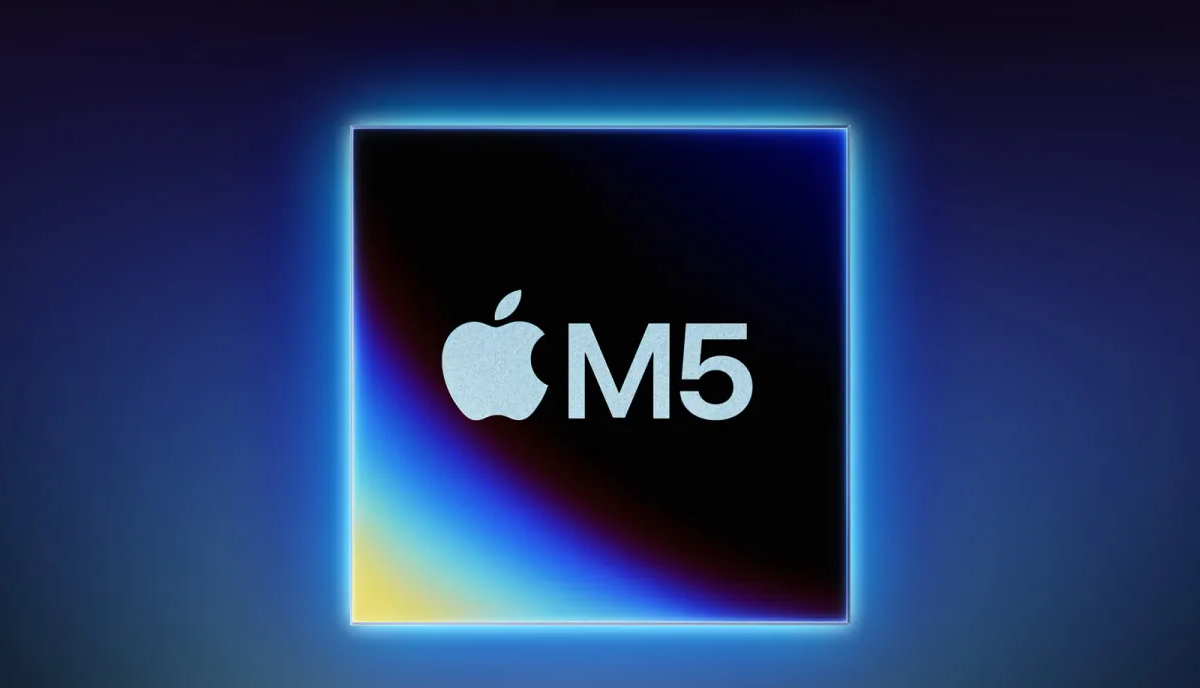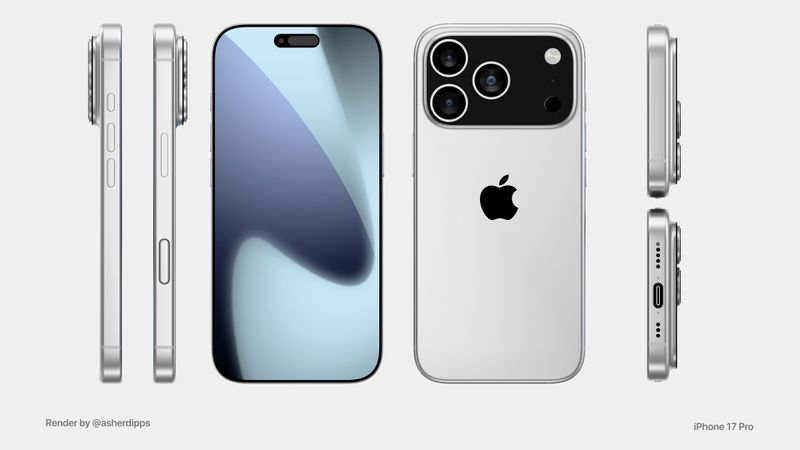Apple is rumored to unveil a new budget-friendly iPhone tomorrow, and hints are strong that it could be named iPhone 16E rather than iPhone SE 4. Initially, many speculated this new model would be another iPhone SE, following the previous generations. However, recent leaks suggest otherwise, leaning towards the name iPhone 16E.
The name iPhone 16E first popped up in December, mentioned by Fixed Focus Digital on Weibo, a popular social media site in China. Not long after, a leaker named Majin Bu on X (formerly Twitter) echoed these sentiments, suggesting the next iPhone SE might be dubbed iPhone 16E.
Just today, Majin Bu shared another clue, stating they’ve seen a box labeled “iPhone 16E”. Adding fuel to this rumor, Bloomberg’s tech journalist Mark Gurman commented on a recent post by Apple CEO Tim Cook, hinting at a “new family member” announcement, which might refer to this newly named device. Also, there are several new case listings on Amazon tagged for the iPhone 16E, although this could just be speculation.
Amazon iPhone 16E
The expected features for this new phone include a bigger 6.1-inch OLED screen, Face ID for security, a powerful A18 processor, a USB-C port, compatibility with Apple’s AI features, and a custom 5G modem. We’ll find out the official price and when it’s coming out tomorrow.

